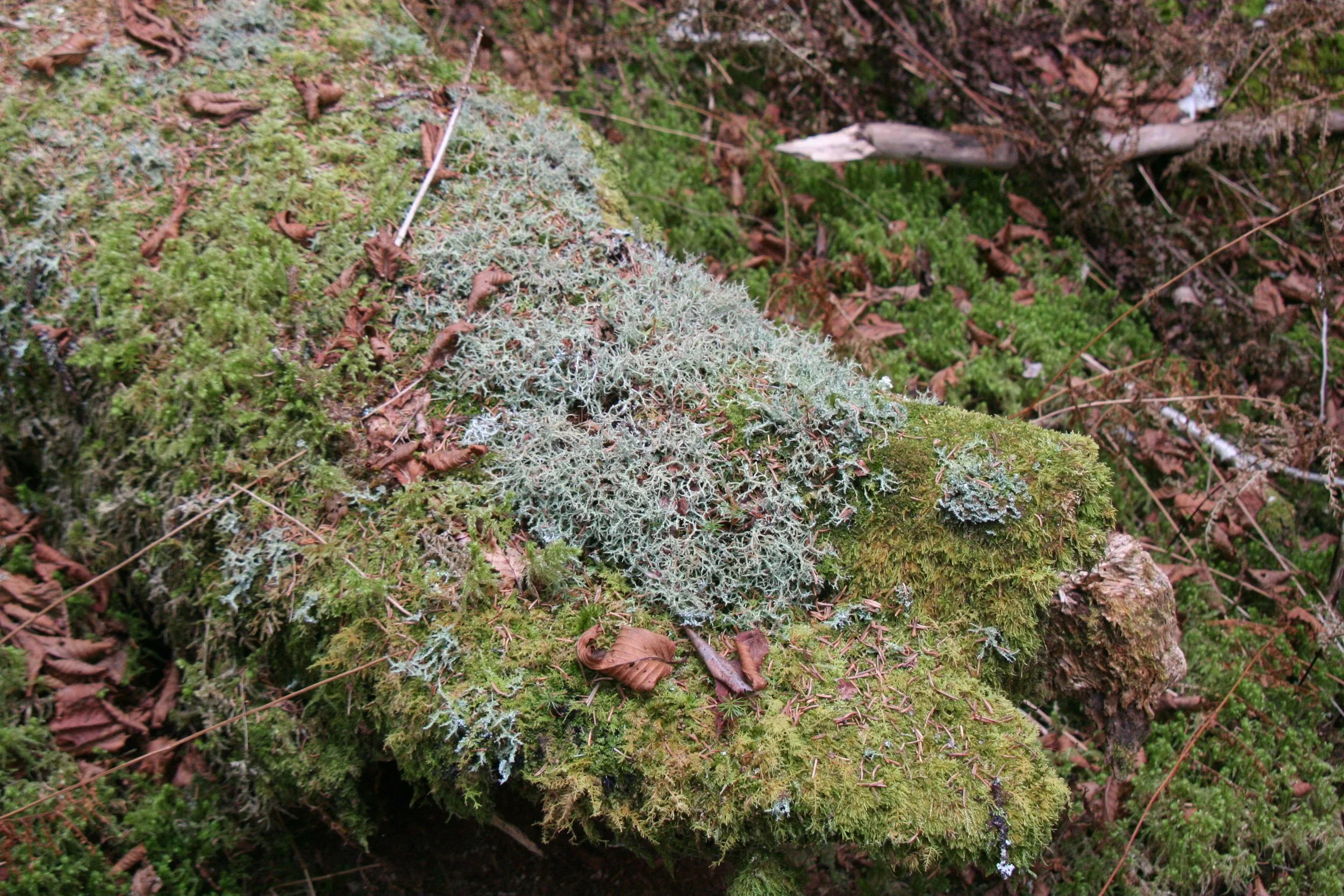

The Lichen Light Show of Mt. Rogers
Tracing the line of interdependence from lichens, to trees that host them, to the squirrels that planted them, and beyond, the entire ecosystem sprawls out through the window of just one tiny, slimy superorganism that clings to the harshest and most unforgiving environments.

Whitetop Mountain Fieldtrip
After a week of teaching Galax Middle School kids the fundamentals of compass and map use, and working with another group on basic bird identification, these two outdoor classes hopped on a school bus to rendezvous at Whitetop Mountain for a five mile hike.

Blue Ridge Explorers Overnight Camp
Fourteen intrepid explorers joined BRDC for four days and three nights of adventure packed fun during the Blue Ridge Explorers Camp. We kayaked, hike Whitetop Mountain, and swam in the New River, but most importantly we learned what it means to be a Naturalist.

Explorers Club Full Moon Hike
Any full moon hike is special but add the second highest peak in VA, a 250+ acre grassy bald and a gnarled beech forest and it becomes truly spectacular!